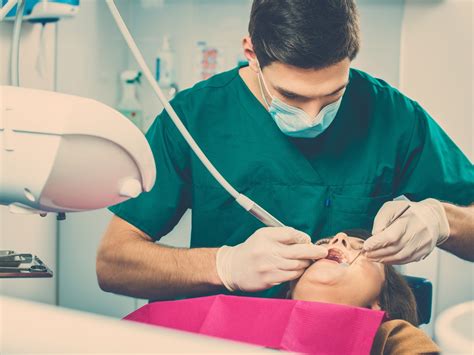Bone Graft Healing: Pain Management & Recovery
Bone grafting is a surgical procedure used to repair fractures, fill bone defects, or aid in dental implant placement. While highly effective, the healing process can be accompanied by pain and discomfort. Understanding pain management strategies and the recovery timeline is crucial for a successful outcome. This comprehensive guide explores the intricacies of bone graft healing, addressing common concerns and providing practical advice for managing pain and facilitating recovery.
What is a Bone Graft?
A bone graft involves transplanting bone tissue from one part of the body (autograft) or from a donor (allograft, xenograft) to another area requiring repair or regeneration. The transplanted bone stimulates the body's natural healing mechanisms, promoting new bone growth. This procedure is used in various situations, including:
- Fracture repair: When a bone fracture is complex or healing poorly.
- Bone defects: Filling voids caused by trauma, infection, or surgery.
- Dental implants: Improving bone density to support the implant.
- Spine surgery: Fusing vertebrae.
How Long Does Bone Graft Healing Take?
The healing time for a bone graft varies significantly depending on several factors:
- Type of graft: Autografts generally heal faster than allografts or xenografts.
- Size of the graft: Larger grafts require longer healing times.
- Patient's health: Overall health and presence of underlying conditions can influence healing.
- Surgical site: Location and accessibility of the graft site affect healing rate.
While complete healing can take several months, initial stages of bone formation begin within weeks. Regular follow-up appointments with your surgeon are vital to monitor progress and identify potential complications.
Pain Management After Bone Graft Surgery
Post-operative pain is expected after a bone graft procedure. Effective pain management is crucial for comfort and optimal healing. Common methods include:
- Prescription pain medication: Your surgeon will prescribe analgesics, such as opioids or NSAIDs, to manage pain. Follow the prescribed dosage and duration carefully.
- Ice packs: Applying ice packs to the surgical site can help reduce swelling and pain.
- Elevation: Elevating the affected limb promotes circulation and reduces swelling.
- Rest: Adequate rest is crucial for healing. Avoid strenuous activities as advised by your surgeon.
- Physical therapy: Once cleared by your surgeon, physical therapy plays a vital role in restoring mobility and strength.
What are the common side effects of bone graft surgery?
Common side effects include pain, swelling, bruising, and infection at the graft site. Less common but more serious complications can include graft failure, non-union (failure of the bone to heal), and infection. Immediate medical attention is crucial if you experience excessive pain, fever, increased swelling, or any signs of infection.
How long will I be on pain medication after bone graft surgery?
The duration of pain medication varies depending on individual responses and the complexity of the procedure. Your surgeon will determine the appropriate duration, gradually tapering off medication as pain subsides. Always follow their instructions closely.
Can I drive after bone graft surgery?
Driving after bone graft surgery depends on the location of the graft, the extent of pain, and your overall mobility. You should avoid driving until your surgeon clears you, and you are no longer taking strong pain medication that could impair your driving ability.
What activities should I avoid after bone graft surgery?
Avoid strenuous activities, weight-bearing exercises, and any movements that could stress the graft site. Your surgeon will provide specific instructions on activity restrictions based on your individual situation. This might include avoiding sports, heavy lifting, or prolonged standing for several weeks or months.
Recovery Process and Rehabilitation
Recovery involves a gradual return to normal activities. Close adherence to your surgeon's instructions is vital. This typically involves:
- Regular follow-up appointments: To monitor healing and address any concerns.
- Physical therapy: To improve mobility, strength, and range of motion.
- Gradual increase in activity: Avoid overexertion during the healing period.
- Proper nutrition: A balanced diet rich in calcium and vitamin D supports bone healing.
Conclusion
Bone graft healing requires patience and diligent adherence to your healthcare provider's instructions. While pain is expected, effective pain management strategies can significantly improve comfort during recovery. Open communication with your surgeon and physical therapist is crucial throughout the healing process to ensure a successful outcome. Remember that individual experiences vary, and your recovery journey will be unique. Prioritizing proper rest, nutrition, and following your prescribed rehabilitation plan will contribute to a faster and more comfortable recovery.

